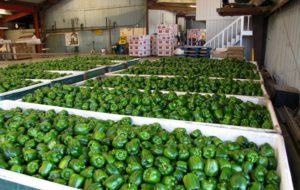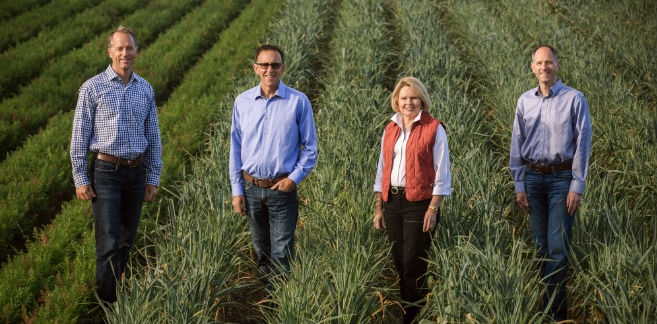
Nov 8, 2017Talley Farms tells its story, customers listen
Halfway between Los Angeles and San Francisco, seven miles from the Pacific Coast, there’s a place called the Arroyo Grande Valley where farmers grow vegetables, winegrapes, lemons and avocados.
The Talley family has grown produce there in a tradition spanning four generations, but one thing has changed: the way the farmers are talking to their customers.
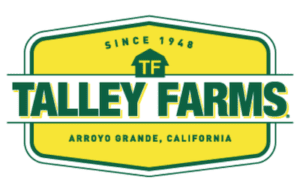
Roughly a year ago, 1,500-acre Talley Farms embarked on a rebranding effort designed to better connect with its customers, an effort that its leadership says has lead to more demand for its products.
Brian Talley, president of the farm that he co-owns with his mother and two cousins, said the effort included larger new labels for their produce cartons, but also a multimedia website explaining how the food is grown, packed and shipped. The website also gives customers a personal touch by telling the family’s history, biographies of the farm owners and managers, and a series of videos showing the workings of the farm.
They also added a new brand, Biddle Ranch, for value products.
“Our main focus was to refresh the Talley Farms brand to reinforce our commitment to quality, and to increase the prominence of the Talley Farms name on some of our packaging,” Talley said.
The decision-making process wasn’t easy – just the development of the new Talley Farms logo itself became an “extensive project” due to differences of opinion about how contemporary the new logo should look. In the end, they decided on a more classic look.
Roughly a year later, Talley said, he’s seen some good results from the effort.
“Our customers definitely took notice and we had engagement from them as they visited our website, read through the bios of our team and gave us positive feedback,” Talley said.
His cousin Todd Talley, the company’s chief financial officer, has noticed the change as well.
“We have seen increased sales in our spinach and cilantro, which is likely a combination of an upgrade in our pack together with the new branding,” he said. “I believe that we will see a bump for the other commodities over time as more buyers see our product in the markets and at the stores. Now that they can see our grower name more prominently displayed on the box, they will know who to come to.”
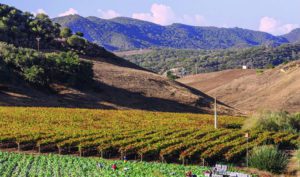
The farm’s offerings include a community supported agriculture program, branded as Talley Farms Fresh Harvest. Consumers in nearby San Luis Obispo and Santa Barbara counties subscribe on a weekly or biweekly basis to receive a box including 10-12 locally grown fruit and vegetable items.
All of the front office work of marketing and sales, though, shouldn’t detract from the hard work that goes into farming a wide range of vegetables and fruit on a large farm. The operation has separate departments for wholesale produce operations, vineyards, orchards and its Fresh Harvest program.
“We look for synergies and opportunities to share resources between these areas to increase efficiency and to offer our employees the opportunity to work as much as possible,” Brian Talley said.
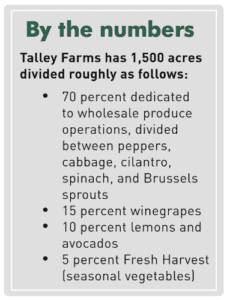 The farm is able to grow a variety of crops in part due to the Arroyo Grande Valley, which Talley describes as “a coastal valley blessed with one of the most moderate climates in the world, due to our proximity to the Pacific.” The ocean is just over six miles southwest of the farm headquarters.
The farm is able to grow a variety of crops in part due to the Arroyo Grande Valley, which Talley describes as “a coastal valley blessed with one of the most moderate climates in the world, due to our proximity to the Pacific.” The ocean is just over six miles southwest of the farm headquarters.
“Soils range from fertile Class 1 soils on the valley floor that support excellent quality and production of a variety of vegetables to less fertile marine sedimentary soils on the hillsides that are ideally suited for world class Chardonnay and Pinot Noir winegrapes as well as avocados,” Brian Talley said. “This set of conditions is unique and we are blessed to grow more than 50 different kinds of vegetables, lemons, avocados and winegrapes in this special place.”
The farm previously had a consistent deficit of labor, but recently started the H-2A visa program for temporary agricultural workers in order to supplement its local labor supply.
“It’s been a steep learning curve and our costs were higher than projected, but we are blessed to have better alignment between our supply of people and our work requirements,” Brian Talley said.
The farm remains vigilant about disease control. Depending on the crop, production techniques range from certified organic, to certified sustainable and conventional integrated pest management, he said.
“With respect to disease prevention, we are committed to sustainability throughout our operations, and we are proud of the fact that we are entering our fourth generation and 80th yearin operation,” he said. “Economic sustainability is an important part of the equation.”
Another part of the formula is having customers who appreciate the longstanding family tradition of farming quality produce. That’s why, Brian Talley said, the farm first embarked on a mission to tell its story better to customers with a new logo, packaging and website.
“We believe that it’s critical to stay relevant in the marketplace,” he said.
— Stephen Kloosterman, assistant editor








